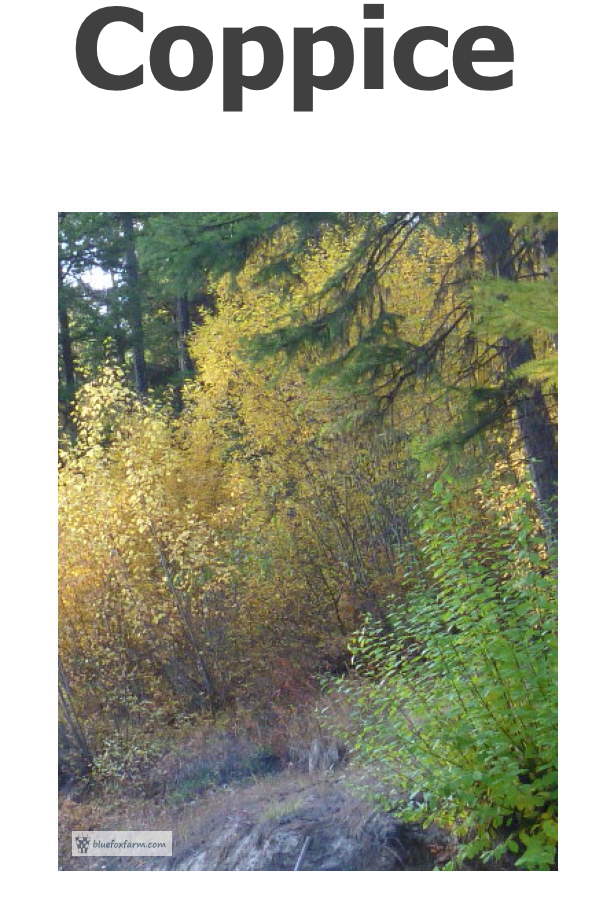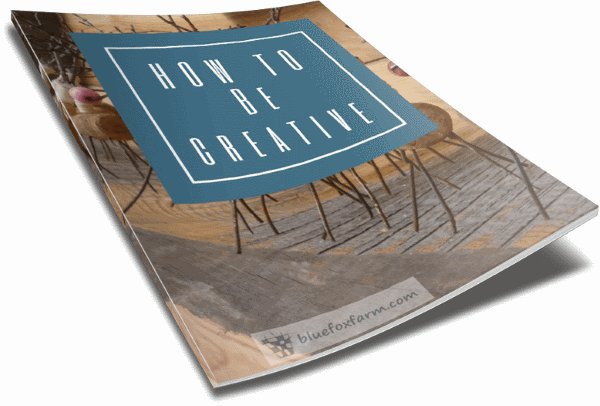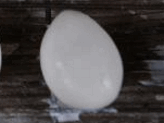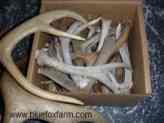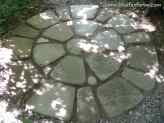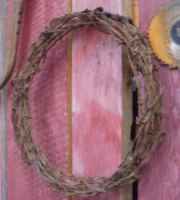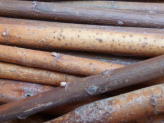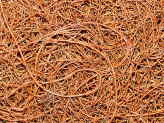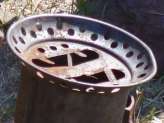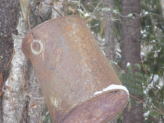Coppice
A Specialized Pruning Method
Coppicing willow has been done for centuries to promote the growth of many smaller very vigorous canes.
The process of cutting or pruning all the canes or rods back to the base to promote many buds into growth provides basket makers with long whippy slender canes for their craft.
Salix species, the willow, has been the most used type of twig for many crafts over the years, and coppices can yield many rods over a long lifespan.
In some cases, once the stool gets too big, the field will be uprooted and replanted, but special basket making plantations can be maintained almost indefinitely.
This explains why handmade willow baskets are expensive to buy, as the maintenance of a good field is intensive.
Once coppiced, the practice must be continued, as the rods will quickly choke each other out if allowed crowd together, and this can kill the clump.
One benefit to leaving willows uncut is the formation of diamond willow in the old wood, although this is not always a desirable result.
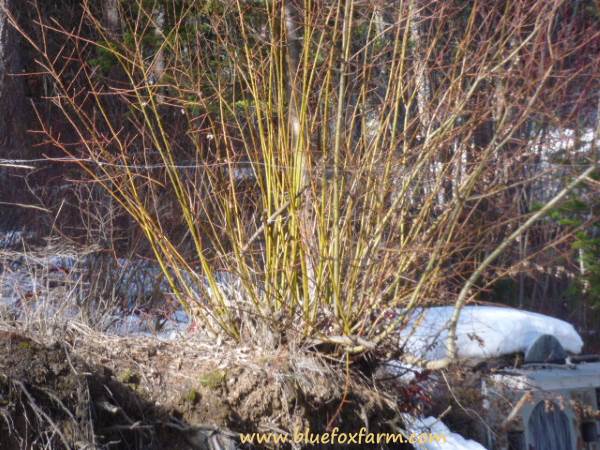
What's The Best Time Of Year To Coppice?
If coppiced every year in the early spring, Salix will produce long slender healthy growth over the summer – this is the most brightly coloured growth, sometimes golden, orange, bright red or dark burgundy.
Other varieties produce dark mahogany rods, other bright green. The wide variation and texture of Salix twigs is what makes them one of the most sought after genus for crafts such as twig baskets.
If the growth is left for another season or two, the bark gradually darkens to a dull grey; valuable for use as table and chair legs or trellises, this growth will tend to produce branches, making it a little more difficult to work with.
I always coppice several willows that are female – the male flowers (pussy willows) and the female flowers are borne on separate shrubs; the messy dispersal of fluffy seeds from the females in early summer causes allergic reactions in some people. The flowers are only seen on two or three year old or older branches, so coppicing early in spring time eliminates this problem.
Other shrubs can be coppiced too – severe cutting back of Amelanchier will produce rejuvenated growth which generally won’t start fruiting for several years, but it will be healthier.
I coppice several other shrubs in my garden – the sickly sweet blooms of Ceonothus sanguineum make me nauseous, so I cut those down frequently, giving me more of the long whippy dark red twigs I prefer to make wreaths.
Other Uses for Coppiced Willows
Coppiced on a regular basis, willow can provide bio mass for heating homes, making charcoal for drawing and cooking, as well as for crafts.
The culled rods (those that are damaged or deformed) are used for erosion control by inserting the cut off branches and rods into a riverbank.
Willows that are coppiced every year are the crop that keeps on giving – there is so little waste, even the leaves and small twigs that are cut off can be composted, or for making willow bark tea to be used for drenching cuttings in. Before the advent of rooting hormones, this tea was used for the promotion of roots in hardwood cuttings especially.
Test out coppicing in your hedgerows and willow beds and see what a benefit this method of pruning can be in the rejuvenation of lots of beautifully coloured twigs.
Learn what it takes to be creative - we all have the gene but how do we develop it? Get the free guide!
Fill in the form below for your copy;
(Don't be disappointed - use an email address that will accept the free download - some .aol email addresses won't.
If you don't see your download within a few minutes, try again with another email address - sorry for the bother.)
